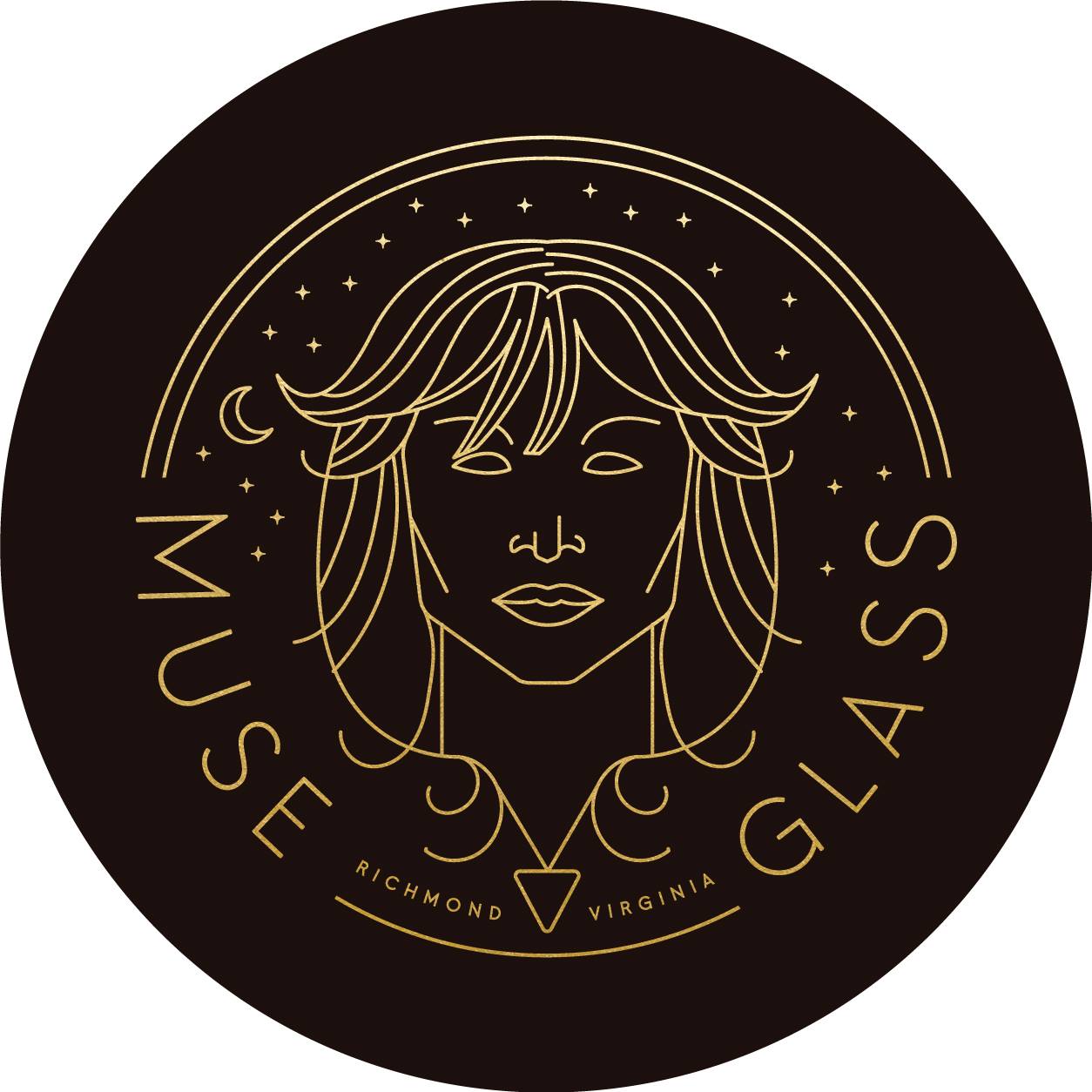Metal options
Because pure silver is generally too soft to be used in jewelry, it is combined with other metals to create a more durable metal. When 92.5% of pure silver is mixed with 7.5% of copper the resulting alloy is sterling silver. Sterling silver has a bright silver finish, is easy to wear for most people and maintains its shine with regular wear and/or occasional polishing.
14K GOLD FILLED:
BRASS, BRONZE & COPPER:
Brass is an alloy of copper and zinc with a bright yellow tone. Bronze is an alloy of copper and tin with a lightly blushed golden tone. Bronze is a stronger metal than brass and yields more durable pieces overall. Both brass and bronze are great, less expensive alternatives to gold provided your body chemistry is compatible and you don't mind a little maintenance (polishing touch-ups). Those with more acidic leaning skin types or metal sensitivities may experience skin discoloration or accelerated tarnishing due to the copper content. Skin discoloration, if an issue, can be resolved by applying a layer of clear nail polish to just the part of the jewelry that contacts the skin (i.e. the inside of a ring band). I wear my brass/bronze rings 24/7 while working, showering, sleeping, etc. without issue for the most part. All they've needed is a quick polish from time to time. On occasion I have had some minor discoloration when I've either worn a wide band or overly tight ring (doesn't allow skin to breathe as well) or in humid/moist conditions.
Copper is a pure metal, not an alloy, with a warm pinkish tone in its natural state and a deep, rustic reddish tone with heat treatment. Inherently a soft metal, I forge all of my copper jewelry which gives it extra strength. I also oxidize copper pieces using heat patina which naturally adds a little protection against the skin.
